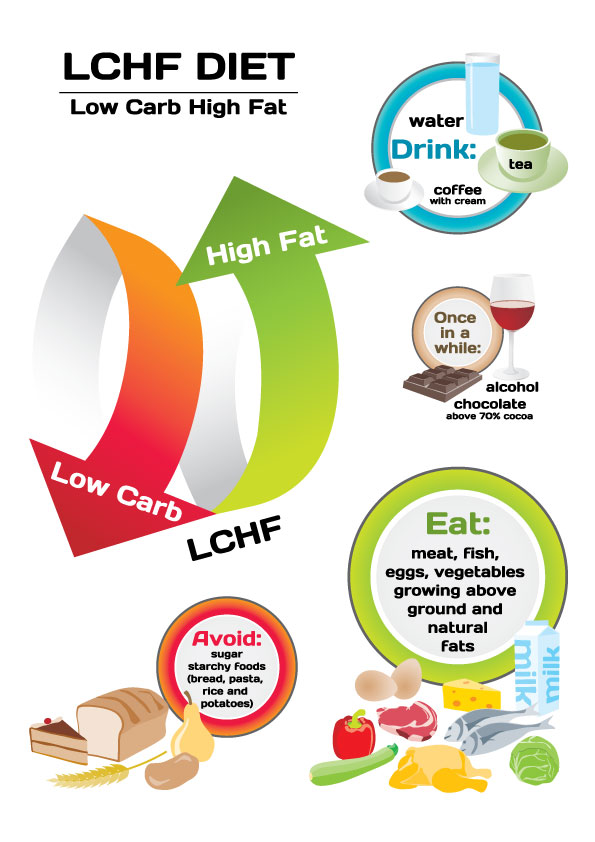
Gut Health Boost Essential Tips for Digestive Wellness
Exploring Gut Health Tips: Your Guide to Digestive Wellness
Introduction: Understanding the Importance of Gut Health
Gut health is crucial for overall well-being, influencing not just digestion but also immunity, mood, and more. By incorporating simple yet effective tips into your lifestyle, you can promote a healthy gut and enhance your overall health and vitality.
Nourishing Your Gut with Proper Nutrition
A balanced diet rich in fiber, fruits, vegetables, and fermented foods is key to maintaining gut health. Fiber supports digestive regularity, while fermented foods like yogurt, kefir, and kimchi introduce beneficial bacteria to the gut, promoting a diverse microbiome and improving digestion.
Staying Hydrated for Optimal Digestion
Proper hydration is essential for digestive health. Drinking plenty of water helps soften stool, making it easier to pass and preventing constipation. Aim to drink at least eight glasses of water a day, and consider incorporating hydrating foods like cucumbers and watermelon into your diet.
Mindful Eating for Digestive Wellness
Practicing mindful eating can significantly improve digestion. Take time to savor your meals, chew food thoroughly, and avoid distractions like screens or work. Being present during meals allows your body to properly digest and absorb nutrients, reducing the risk of digestive discomfort.











